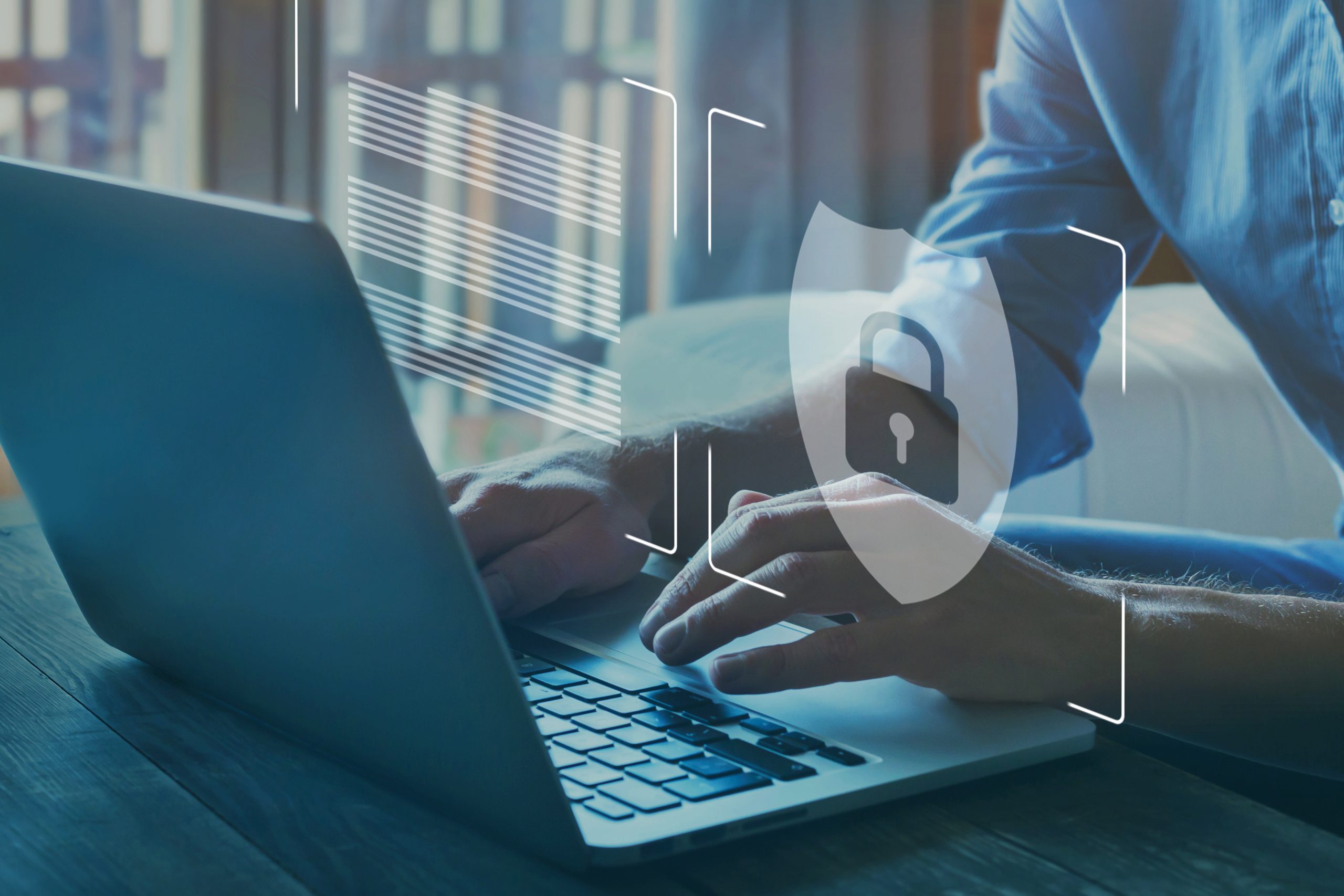Four Security Best Practices for Today’s High-Risk Digital World – Cisco Blogs

While digital acceleration has been building for some time, recent digital disruptions have shifted its pace into overdrive, leaving a ripple effect of security complications in its wake.
Increases in online shopping, virtual communities, and the exponential growth in remote workforces have created more vulnerabilities than ever. Once rigid, IT’s now more porous walls have created a veritable playground for malicious actors, exposing businesses and their customer data to greater risk, potential data breaches, and countless dollars in lost revenue and fines.
McAfee’s recent report1 assessed that cybercrimes have cost the global economy $1 trillion since 2018. One could wager this number will only continue its climb. Organizations need a more proactive stance on security, and Cisco CX Business Critical Services can help shine a much-needed light in the dark corners of their infrastructure.
The Business Critical Services team partners with our customers to plan, deploy, implement, and operate security systems across their infrastructure, mitigating risk and increasing availability through continuous engagement with our world-class talent. Talent which is in high demand and a major concern for 79 percent of CEOs in a recent study.2
Based on Cisco’s more than 35 years of knowledge and experience, the Business Critical Services approach applies years of expertise developed as a network security leader to strengthen its customers’ infrastructure and help them mitigate cyberattacks.
Here are four best practices I often recommend to IT leaders when assessing and planning their security strategy.
- Plan for resiliency first. Organizations need to ask themselves, from an availability, capacity, and operational standpoint, what does goodness look across their entire infrastructure? If this foundational assessment is not solid, the rest will crumble.
- Reactiveness has no place in security. Be proactive in assessing your infrastructure by leveraging industry benchmarks and conducting regular assessments and penetration tests. This will allow you to assess holes in your defenses.
- Be agile and adaptive. Those who work from home five days a week increased by 27 percent in the span of just a year.3 The future of work will continue to evolve, and businesses need to be able to quickly adapt to maintain productivity and avoid revenue loss.
- Operationalize and centralize. Risk mitigation and security must touch every aspect of the business, from operations to development. Having a centralized security framework is vital to ensure availability of your network and its ability to provide a superior customer experience.
I delve more into these best practices as well as provide perspectives on the future of IT security, key trends, and the challenge of talent gaps in this recent video interview, “Doubling Down on Security in a High-Risk Digital World”.
Strengthen your security framework and protect your most vital assets from malicious threats. Reach out to Cisco CX Business Critical Services or your Cisco partner representative today.
3 https://www.statista.com/statistics/1122987/change-in-remote-work-trends-after-covid-in-usa/
Share:

